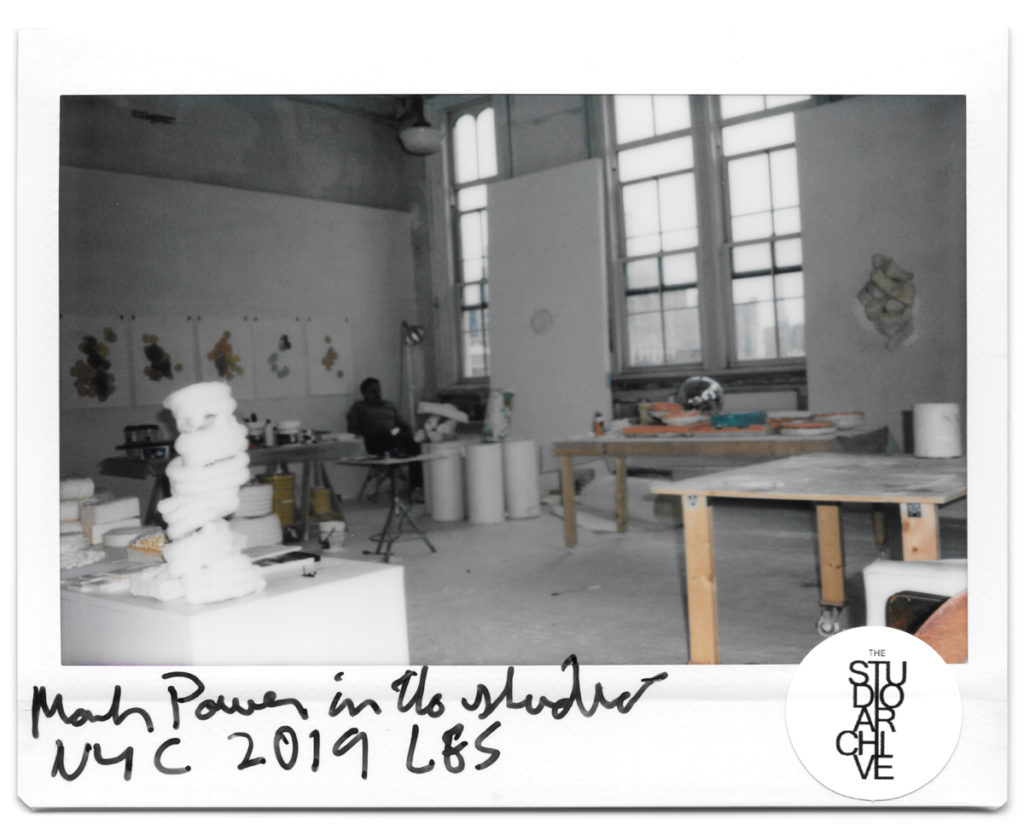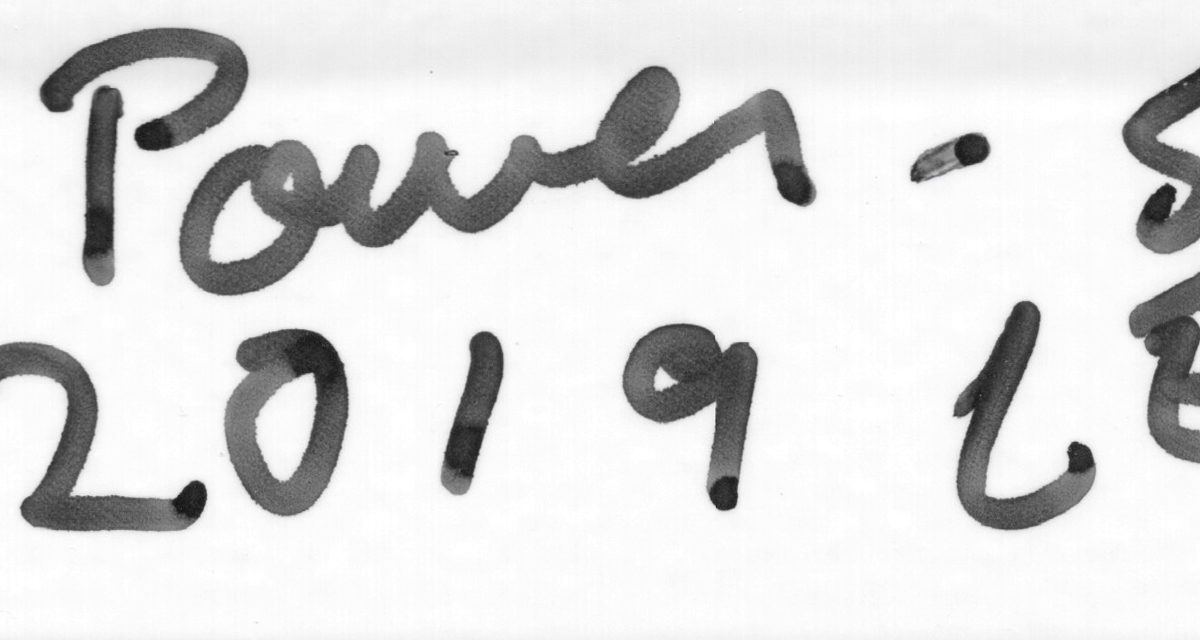Mark Power received his M.F.A. from the School of Visual Arts, a B.F.A. from Virginia Commonwealth University and attended the Skowhegan School of Painting and Sculpture. Power exhibits his minimalist sculpture/drawings extensively and has served as a lecturer and visiting artist at Princeton University, Pratt, Virginia Commonwealth University, University of Wisconsin, and the College for Creative Studies, among others. Inspired by the work of John Cage, issues of perception and representation are paramount to his work.
Power’s current body of work—sculpture, drawing, collage—is predicated upon the assumption of implied function/narrative existing in non-sequential associations and familiarity. Leveraging language and how identification can be compromised, challenged, and redirected, Power moves the viewer’s perspective from the clinical to a sensation of time and intimacy. Forthcoming exhibitions include Frosch and Portman New York, Beeler Gallery, Columbus College of Art and Design, Columbus Ohio and Bullet Space New York.


Mark Power’s art studio in Lower East Side is in one of the empty classrooms of P.S. 160, now known as The Clemente. The space, gorgeous and expansive is infused with light. Power has been a creator there since 1993 and his artistic vision has amplified itself into the interior. His couch and the floors are all white and tie the space together as its own monochromatic installation. Occasional pops of orange and green in Power’s drawings and sculptures disrupt the monochromatic schema and invite the viewer to come closer. Clusters of replicas are arranged carefully throughout, holding memories of American life. Each object is intentionally stripped down to its shape, objecthood, and of course a white color. Hollow replicas of kitchen waste bins stand together, reminding me of the imminence of America’s waste culture. Experiencing the cluster of cans amplifies the importance of memory and the engagements we experience everyday with simple yet useful objects. The trash can engages ideas surrounding interpersonal communication, scent, transfer of waste, excess, and cleanliness to name a few. Additionally, Power’s replicas of dishes, legos, firewood, and sneakers each correlate to other emotionally charged memories that may change with each person. Ready for his portrait, Power moves to the far corner of his studio. Sitting in a chair, he looks away from the camera, reminding us that the true memories are held within the objects at the forefront of the camera. He is merely a conduit for their preservation.


